Far cry 2
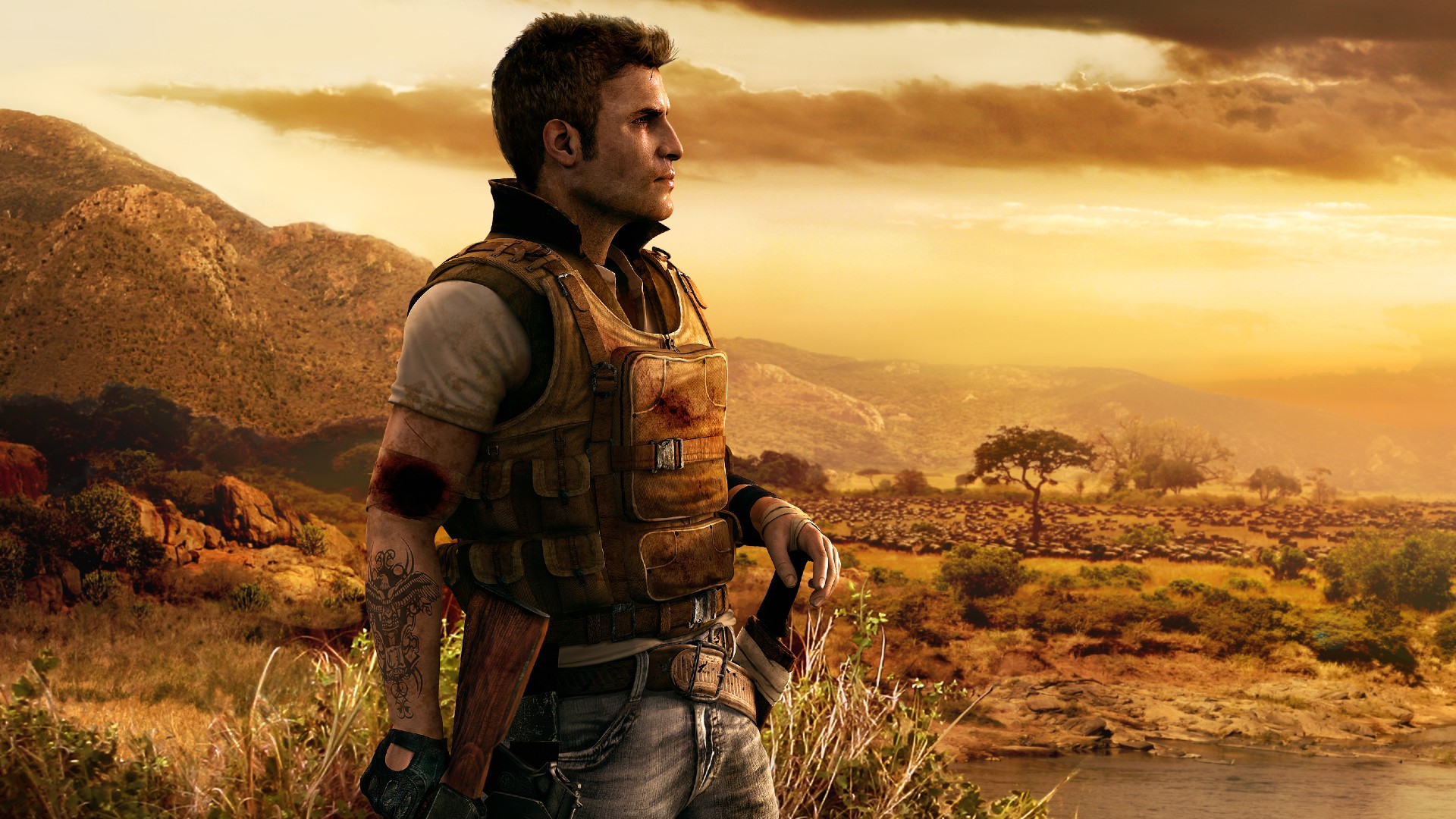

Far Cry 2 is widely regarded as a landmark in diegetic user interface design, embedding gameplay information directly into the game world in a way that enhances immersion and narrative cohesion. Unlike traditional HUDs that overlay health bars, maps, or ammo counts on the screen, Far Cry 2 integrates these elements into the player's physical environment. The in-game map, for example, is a tangible object the player character physically holds and interacts with — complete with realistic folds, reflections, and shakiness that simulate the challenges of navigating in a hostile environment. Similarly, the health system eschews abstract bars for visceral, first-person animations where the player removes bullets or patches up wounds, grounding the mechanic in the brutal reality of the setting. Weapon jams are another form of diegetic feedback, with rusted guns failing during combat, forcing players to visually and audibly assess their condition and plan accordingly.
This approach to diegesis in Far Cry 2 aligns tightly with the game’s core themes: chaos, decay, and survival in a morally ambiguous war-torn setting. By embedding UI feedback into the physical world, the game fosters a deep sense of presence and tension. Players are not just managing resources or tracking objectives; they are surviving — constantly referencing tools, scanning their surroundings, and making decisions based on in-world cues. The absence of a traditional HUD further reinforces the game's raw and immersive tone, making every action, from reading a map to healing a wound, feel grounded and consequential. This diegetic design not only serves gameplay but also functions as storytelling, reinforcing the psychological and environmental realism that defines Far Cry 2’s identity.
Far Cry 2 replaces the conventional heads-up display (HUD) minimap with a fully diegetic navigational system. The player-character physically holds a paper map and compass in-hand, which are rendered in real-time within the 3D game world. This approach exemplifies diegetic interface design, where UI elements exist within the game's narrative space and are subject to the same physical rules as the environment. This system requires the player to manually orient themselves using landmarks and terrain features, promoting environmental literacy and spatial awareness. It also enhances embodied cognition, encouraging players to process and remember environmental cues rather than rely on abstract overlays or waypoint markers.
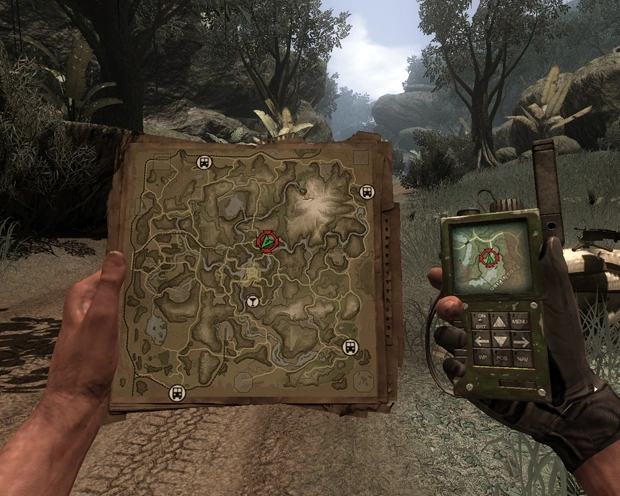
The health system in Far Cry 2 is conveyed through a segmented health bar that is both minimal and stylized to match the gritty tone of the game. However, the most immersive aspect is the in-world medical animations that trigger when health drops to critical levels. Instead of abstract healing mechanics like "pressing a button to instantly recover," players witness contextual animations — the character manually removes bullets with pliers, resets dislocated joints, or applies bandages. These actions are a form of diegetic feedback, reinforcing the physicality of the avatar and making the process of recovery feel tactile and consequential. This mechanic ties into procedural realism, where systems mirror real-world responses and are visually rooted in the world narrative.

Weapon degradation is a dynamic diegetic system that eschews traditional durability meters. Instead, weapons visually decay — they gather rust, become increasingly unreliable, and eventually jam mid-fire. These in-world affordances act as non-verbal cues that communicate weapon status through material storytelling — a concept where objects show their history and condition through visual wear. The degradation directly affects gameplay and adds a layer of systemic immersion, forcing players to adapt based on the weapon's performance, without needing an abstract UI element to monitor condition.

The malaria mechanic introduces a systemic layer of vulnerability that is conveyed entirely through diegetic audiovisual distortions. The player-character experiences periodic malaria attacks, during which the screen blurs, distorts, and desaturates, accompanied by labored breathing and ambient sound changes. This mechanic aligns with intra-diegetic UI, where the interface exists through the character's subjective experience rather than external overlays. It functions as an immersive feedback loop, communicating the protagonist's physiological state through direct sensory manipulation rather than explicit UI elements, thereby reinforcing player-avatar synchronicity.
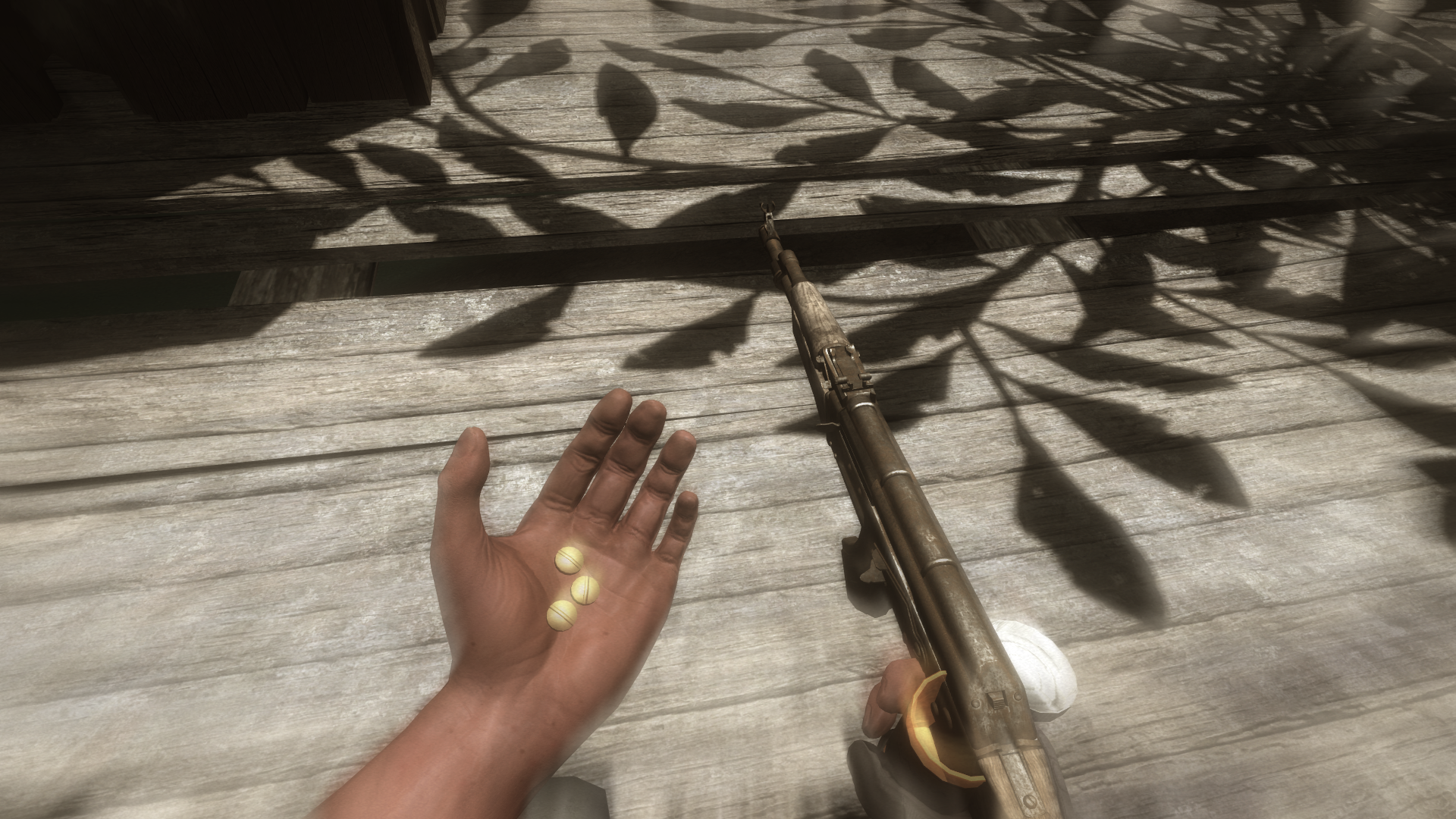
Far Cry 2 masterfully enhances immersion by eliminating the traditional, screen-bound HUD in favor of UI elements that exist physically within the game world. Rather than glancing at floating meters or pop-up indicators, players access information the same way the protagonist does — through real objects and physical interactions. For example, when navigating the open world, the player pulls out a paper map and a compass, which are both visible in their hands. The map isn’t static either; it reacts to lighting, movement, and the terrain around the player. This grounded interaction strengthens the player-character connection, making it feel as though you are the character, not just controlling them. It also reinforces the unpredictability and grittiness of the game’s African setting, where information and orientation are tactile and hard-won rather than instantly accessible. The immersive design demands the player's attention and presence, dissolving the barrier between screen and world, and turning every action — from navigation to healing — into a physical, in-world process.
The game conveys crucial gameplay feedback through visceral, visual, and audio-based cues that are entirely grounded in the diegetic space. Health management, for instance, doesn’t rely on a bar slowly depleting in the corner of the screen; instead, the player sees their character dig out bullets, apply bandages, or snap dislocated limbs back into place in real-time, depending on the severity of the injury. Weapon degradation is equally intuitive — guns rust, jam, and misfire, often at critical moments. Instead of a durability meter, players must observe the weapon’s appearance and performance to gauge its reliability. These mechanics compel the player to read the environment and character behavior rather than abstract stats, increasing emotional investment. When your rifle jams mid-firefight or you’re forced to administer painful field surgery, you’re not just receiving information — you’re feeling the consequences of your choices in a grounded, embodied way.
The diegetic UI in Far Cry 2 isn’t just for show — it directly impacts gameplay strategy. The reliance on physical tools like maps and compasses introduces a slower, more deliberate pace, forcing players to physically stop and orient themselves. There’s no minimap guiding your path or flashing quest marker; instead, players must learn to read terrain, landmarks, and align themselves using tools that simulate real navigation. Likewise, because weapons deteriorate over time, players need to be strategic in choosing which guns to pick up, when to replace them, and whether a rusted rifle is worth the risk during an ambush. Ammunition and equipment aren’t visually tracked in an always-on HUD but must be monitored through real-time character animations and physical cues. This system transforms every firefight and journey into a tactical decision-making process, where players are rewarded for situational awareness and preparation. It amplifies the survival elements of the game and reinforces its themes of instability, decay, and consequence.
The physical map and compass system, while immersive, required players to divert attention from the environment to navigate manually. During combat or high-tension moments, this could disrupt the flow and create friction between narrative realism and gameplay responsiveness, especially without pause functionality for planning routes.

The malaria mechanic, though immersive, caused heavy visual and auditory distortions. While effective for reinforcing narrative vulnerability, these sequences could be disorienting or even physically uncomfortable for some players, especially those sensitive to screen effects like motion blur, visual noise, or color shifts. The lack of a toggle or mitigation option limited customization for comfort.

Diegetic elements like weapon degradation and health status relied heavily on visual cues embedded within the 3D space — such as rust on guns or character animations for healing. While this reinforced immersion, it could lead to information latency. In fast-paced or chaotic scenarios, players might miss critical status indicators, reducing situational awareness compared to more traditional UI systems.

The absence of conventional HUD overlays and reliance on environmental feedback may pose accessibility barriers. Players with visual processing difficulties or motor impairments could find it harder to interpret or act upon subtle cues like weapon condition, compass orientation, or malaria effects. The game lacked adjustable UI scaling, high-contrast modes, or audio descriptions for these immersive mechanics.

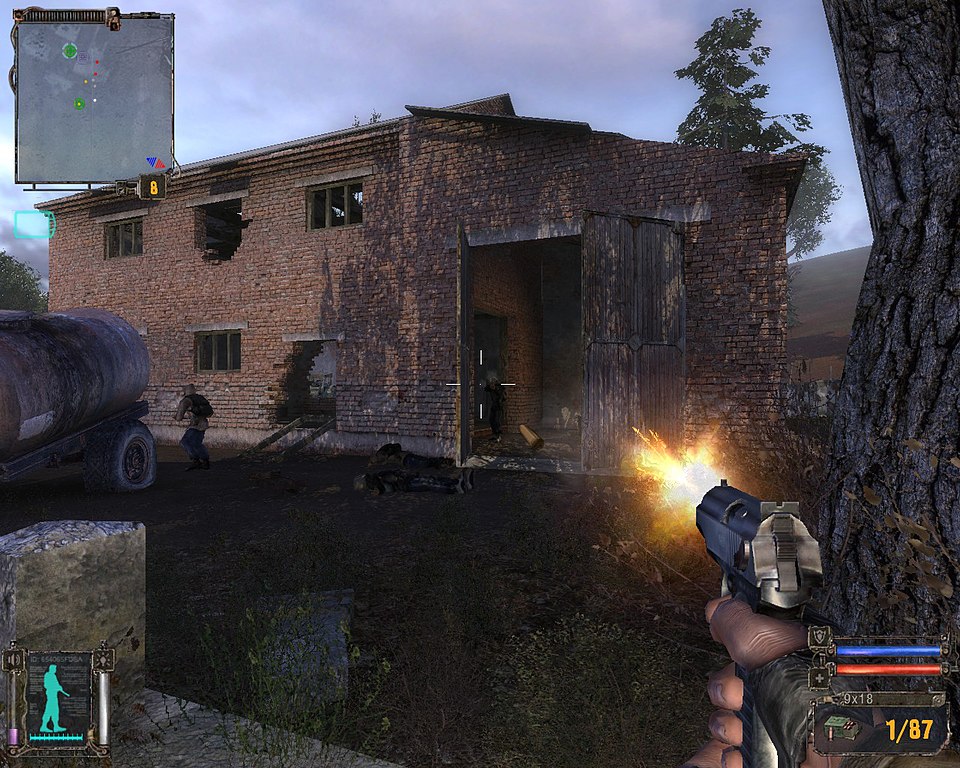
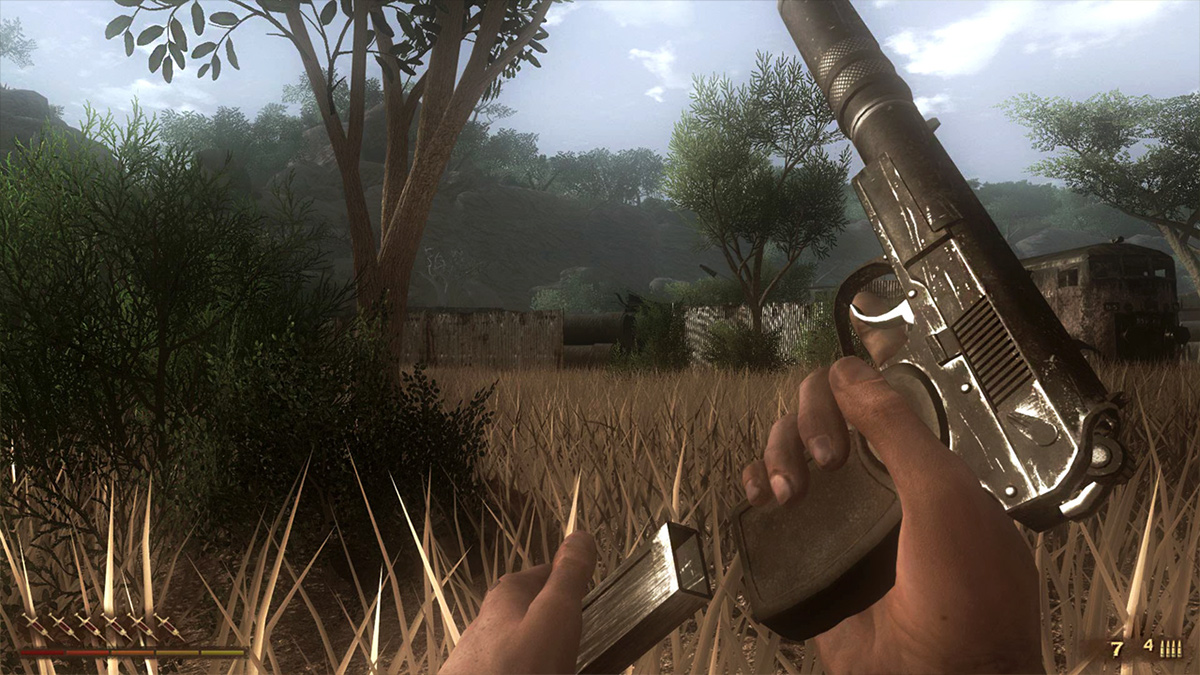
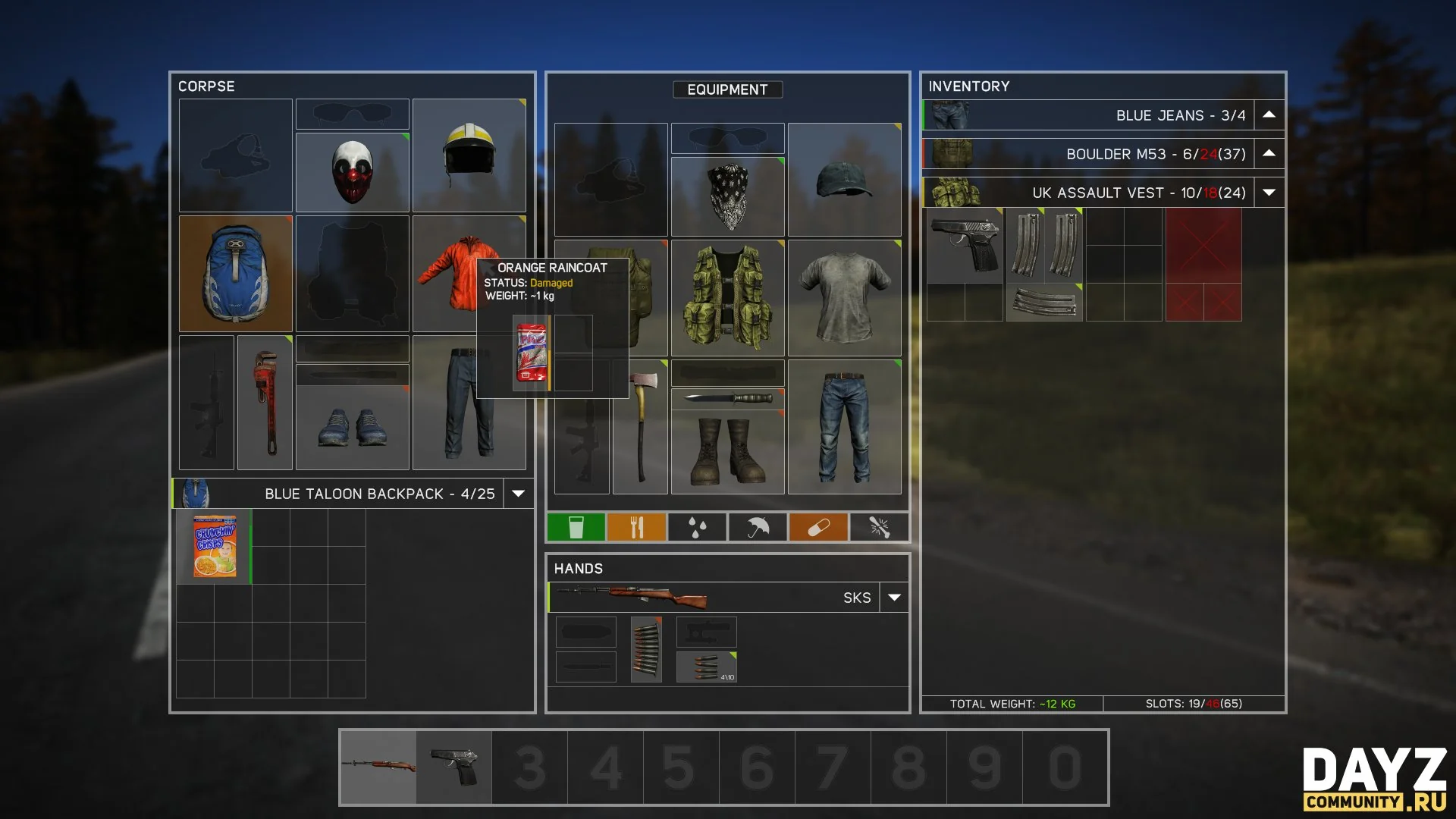
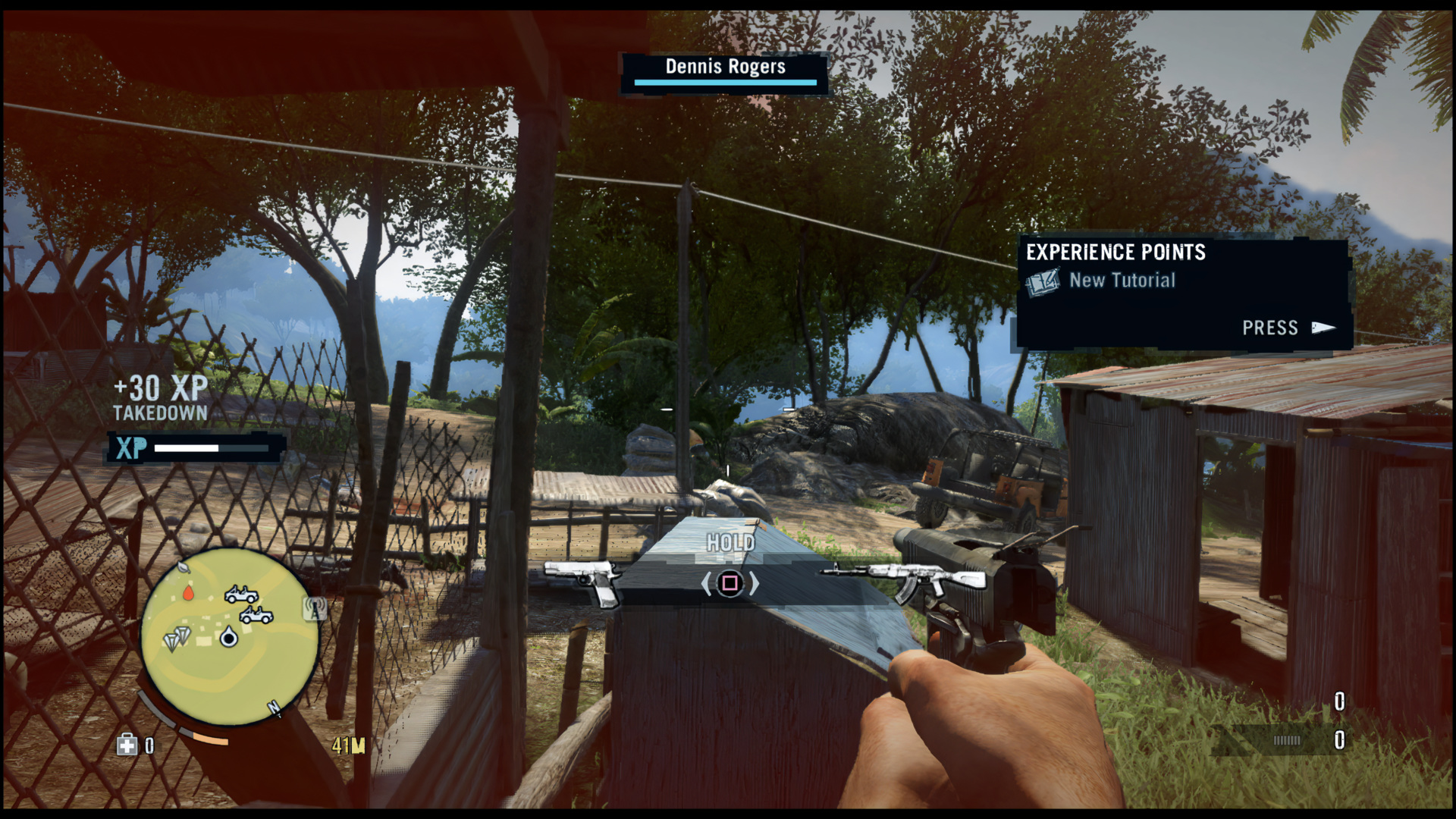
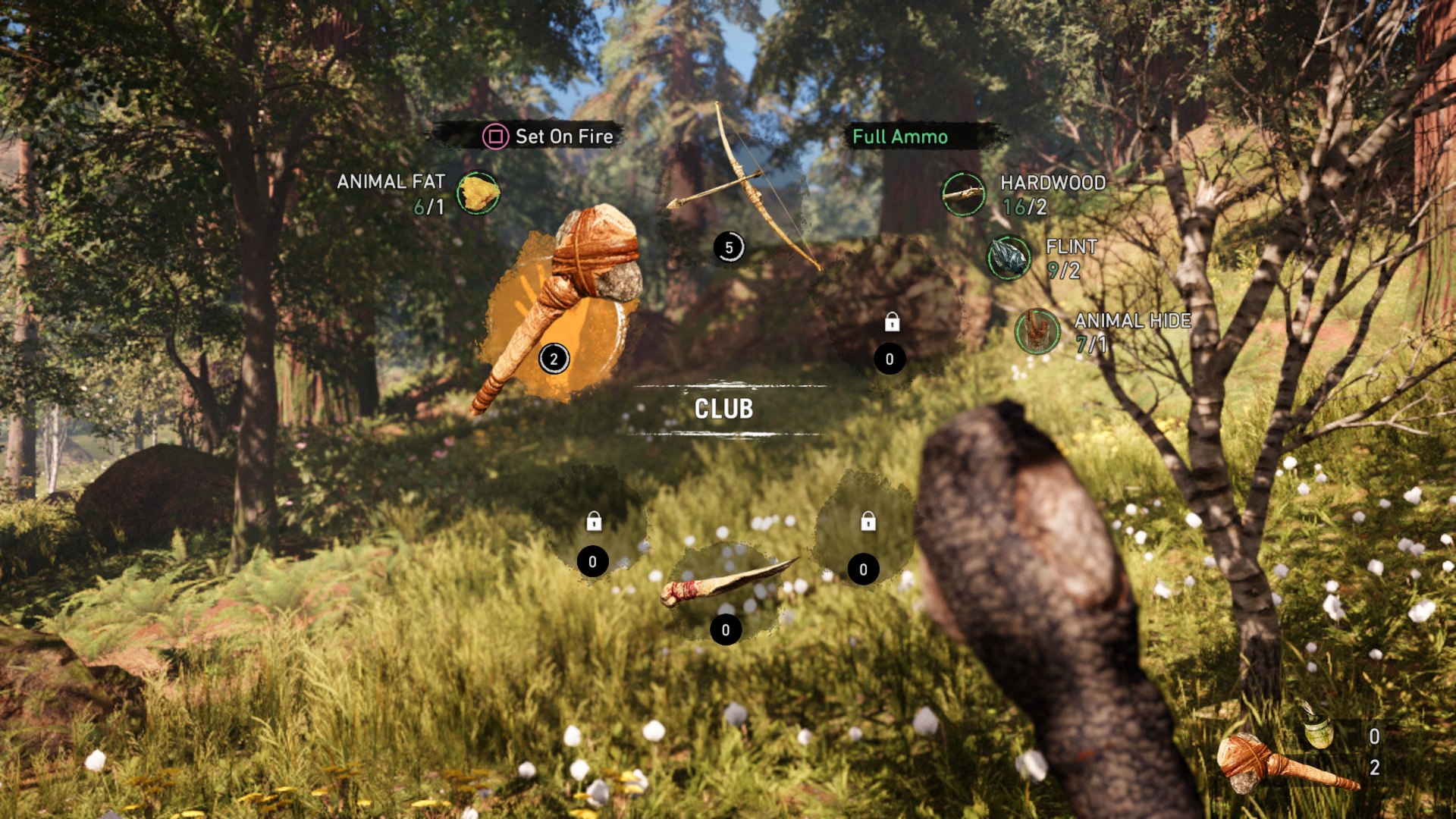
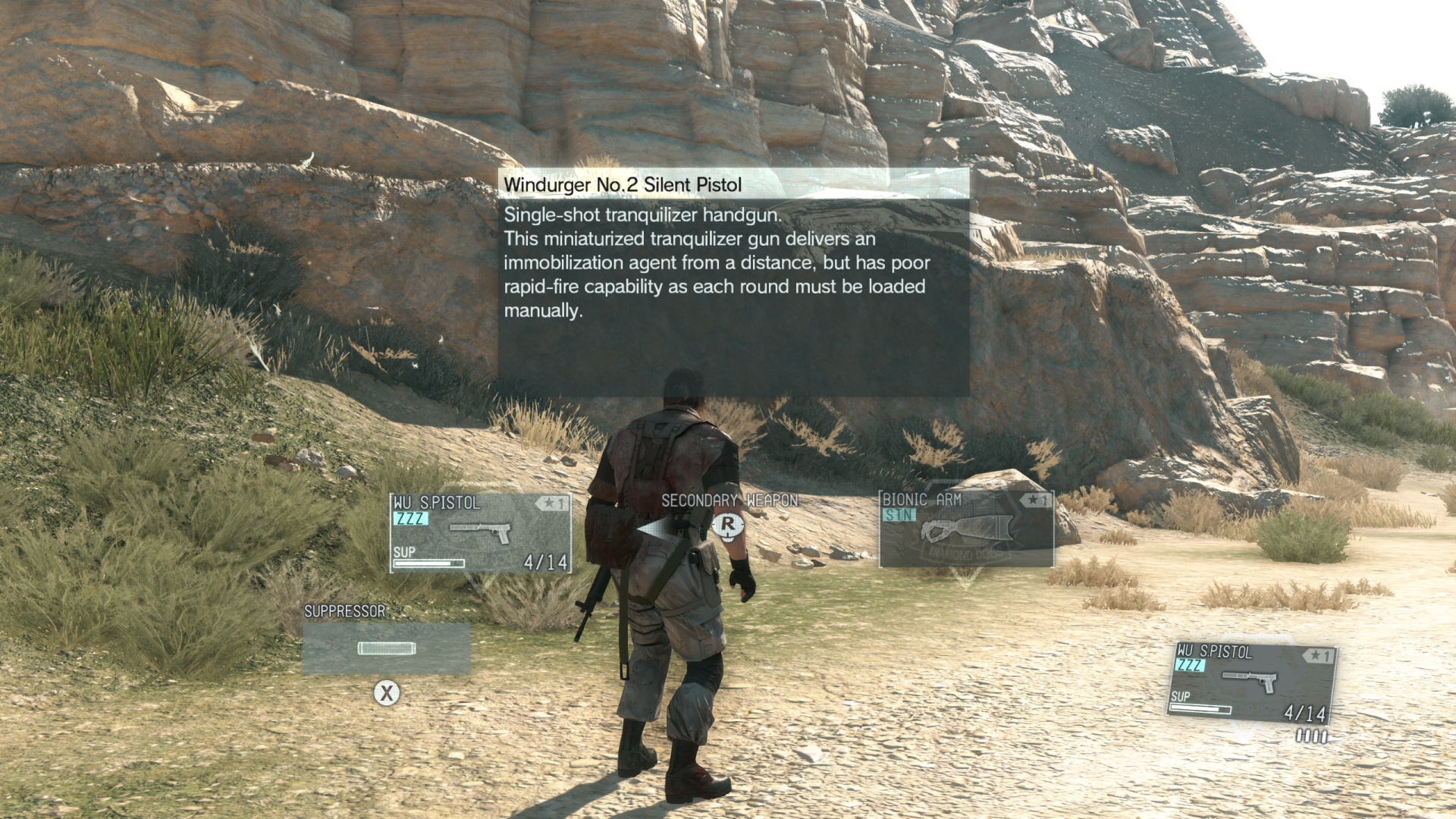
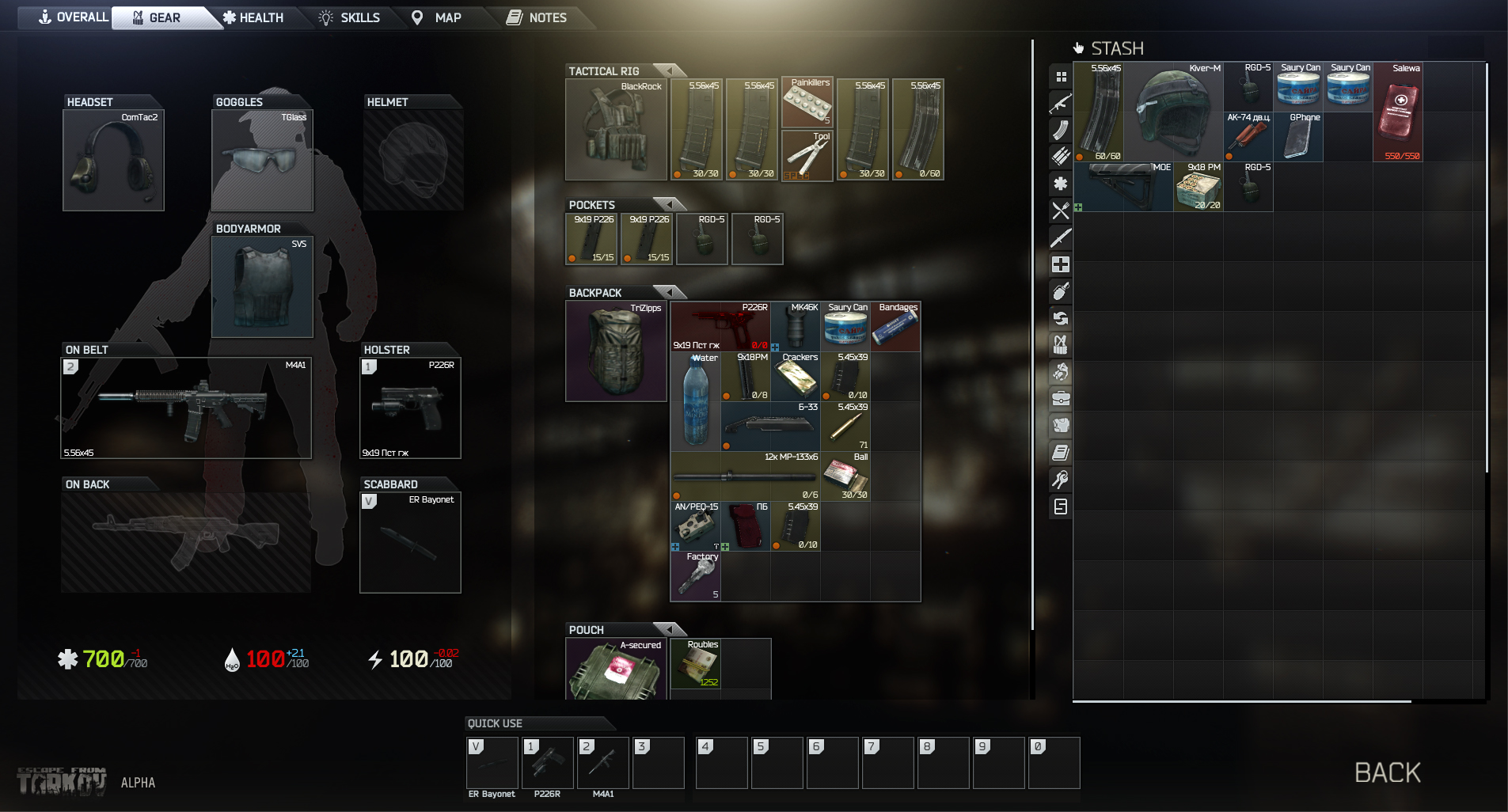
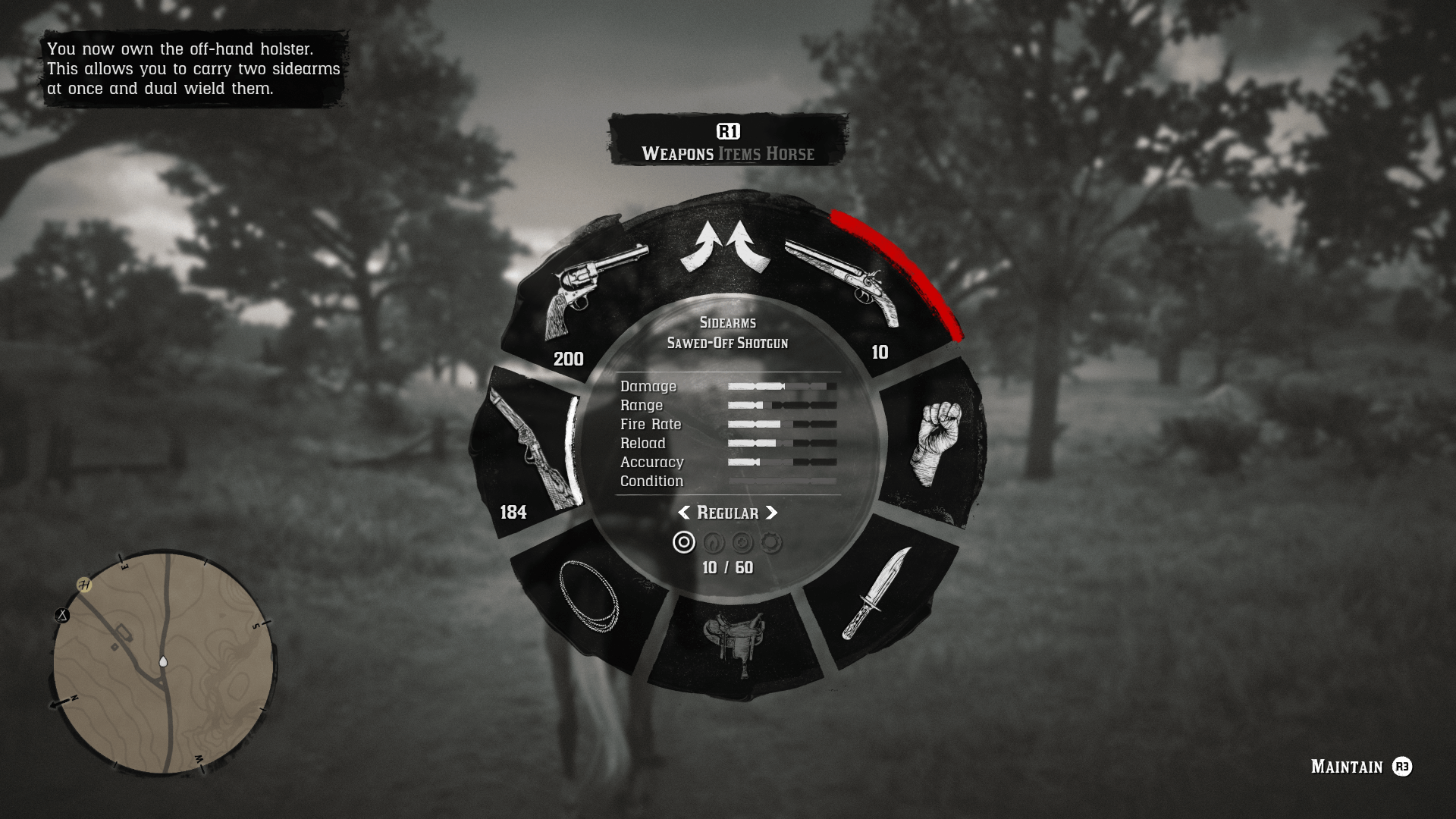
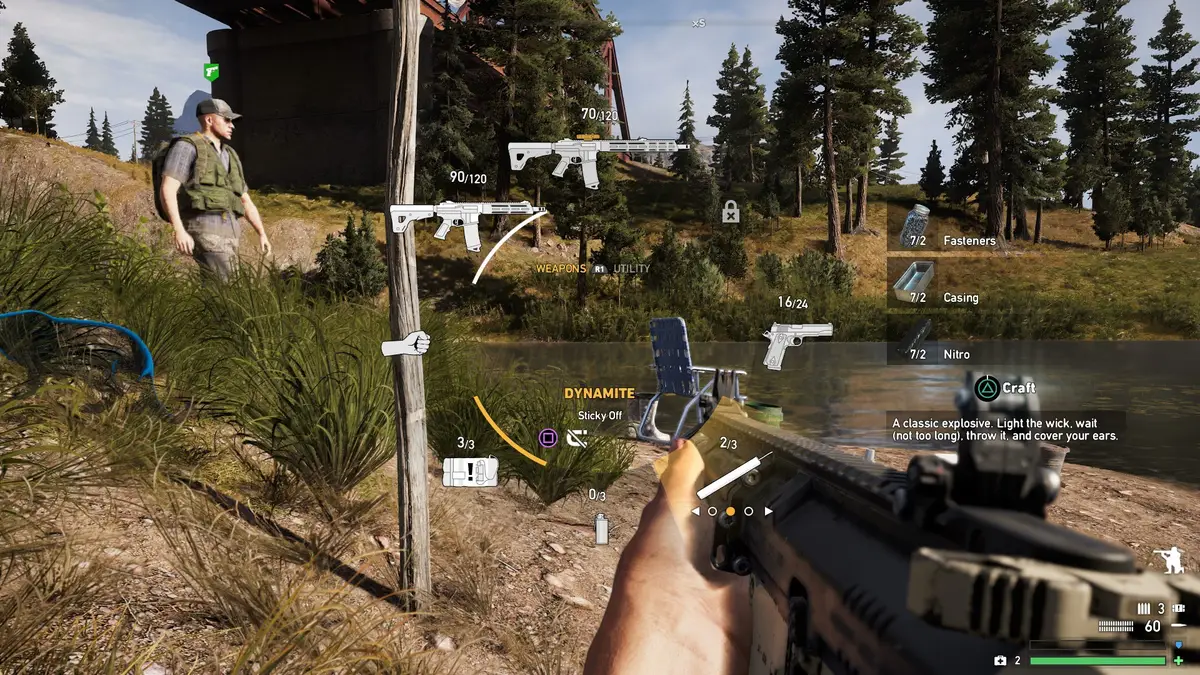
“We wanted the UI to be as immersive and diegetic as possible. We developed a physical map, GPS devices and a HUD that was super minimal and contextual to the player action.”
“Till this day, it’s one of the projects I’m the most proud of. The solutions we came up with really added to the sense of exploration and tension the project was aiming for.”
“One of the more ballsy moves on the designers’ parts was having crosshairs disabled by default. In fact, generally speaking, there is no HUD at all until you reload or take damage. This definitely gives Far Cry 2 a more primal feel as opposed to arcade shooter.”
“Far Cry 2 is an example of a game that goes to great lengths in making the interface diegetic, especially for being an FPS. The primary diegetic method in Far Cry 2 is making in-game gadgets take on roles typically associated with HUD interface — map features, time of day, and the condition of your weapon.”
“Walking around an area where I haven't climbed the radio tower shows how good exploration can be. There's a genuine sense of discovery when you stumble upon something cool. But with the minimap, EVERYTHING is located for you already. There's no searching necessary and thus hardly any sense of discovery whatsoever.”
“Far Cry 2's vision feels more important than ever. Less really can be more and Far Cry 2 leaves a sizable impression, especially compared to its modern peers.”